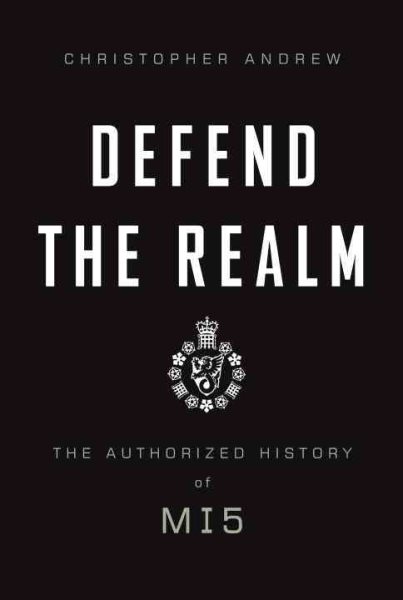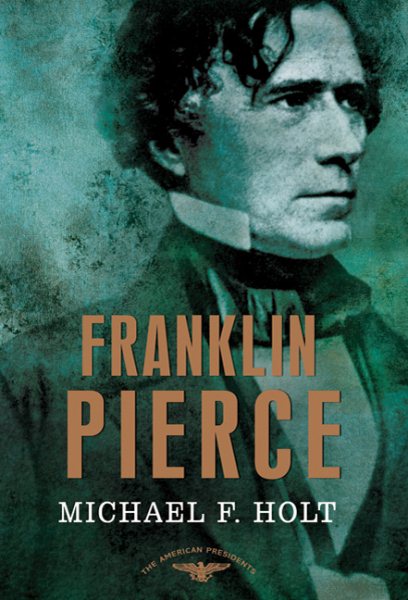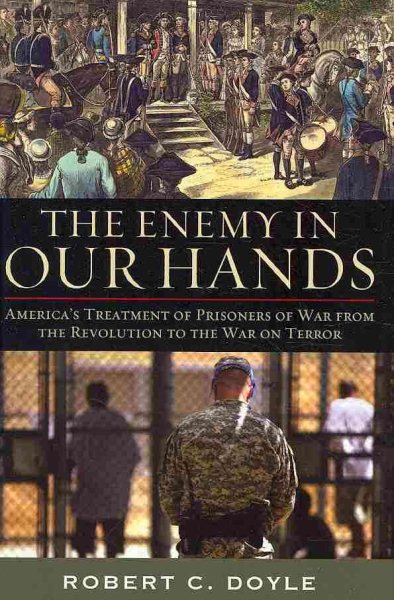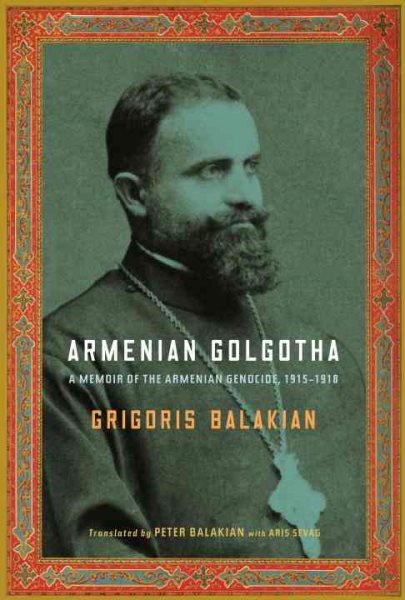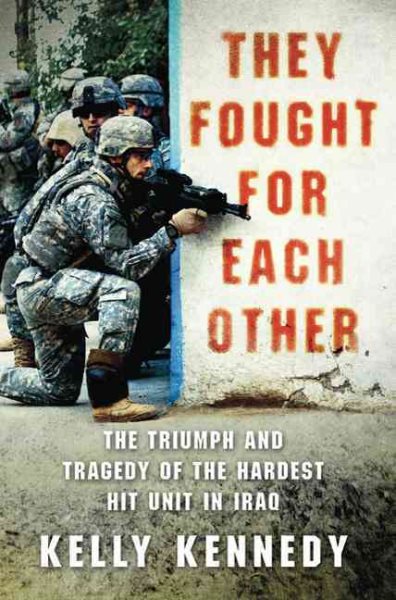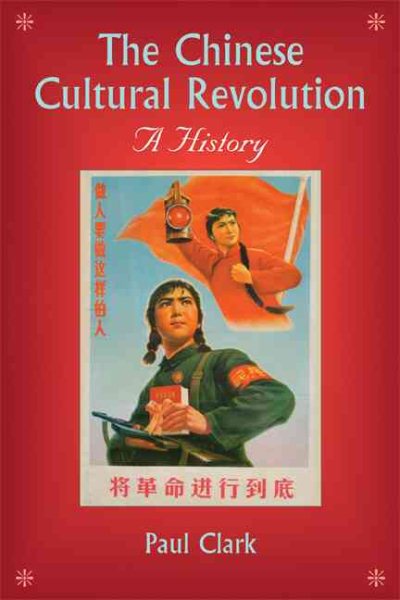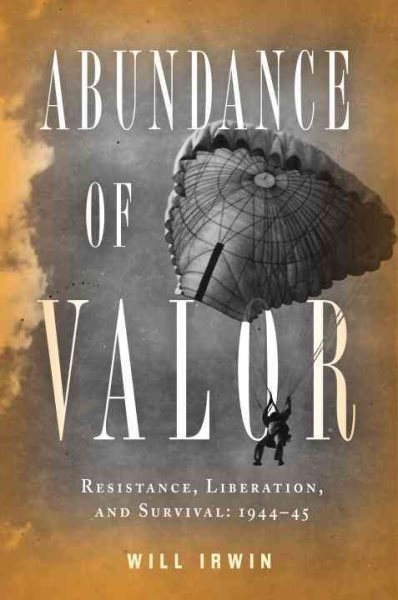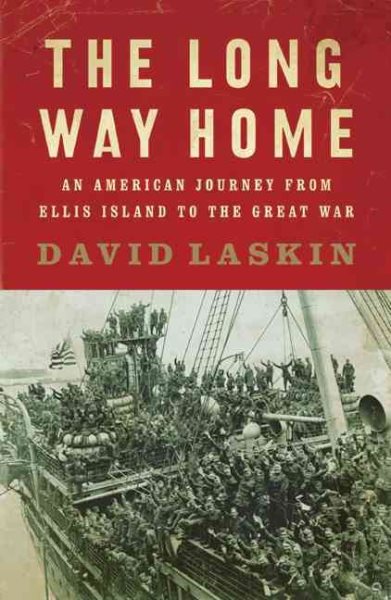Commissioned by Britain's Security Service, the formal name of MI5, this history unrolls under the reputable authorship of a veteran scholar on intelligence. Two motifs dominate Andrew's work: specific domestic security investigations and MI5's organizational evolution in terms of personnel and leadership. Headed for its first three decades by its founder, Vernon Kell, MI5 earned its spurs in World War I by detecting German spies. The interwar years, Andrew recounts, were not MI5's best; failing to identify Soviet agents who penetrated MI5 itself, it suffered disruptive internal investigations until the 1970s. However, its successes against Nazi spies in World War II raised its reputation, which has generally remained high ever since with British prime ministers, except for the two Harolds, Macmillan and Wilson, who suspected MI5 of connivance against their administrations. Acquitting MI5 from accusations of domestic political interference, Andrew concludes with accounts of recent decades' cases of counter subversion, counterespionage, and counter terrorism. An important publication, this history will become part of the foundation of any collection on the history of intelligence agencies.
Check Catalog

